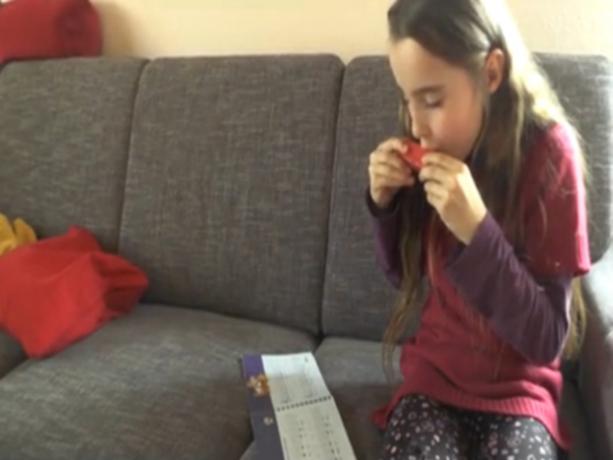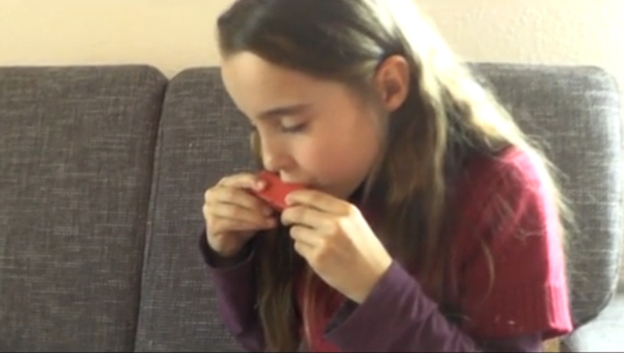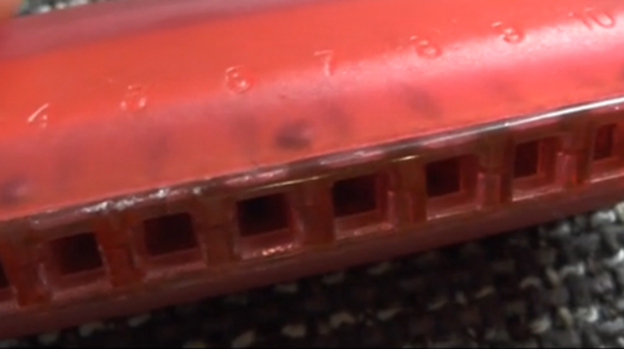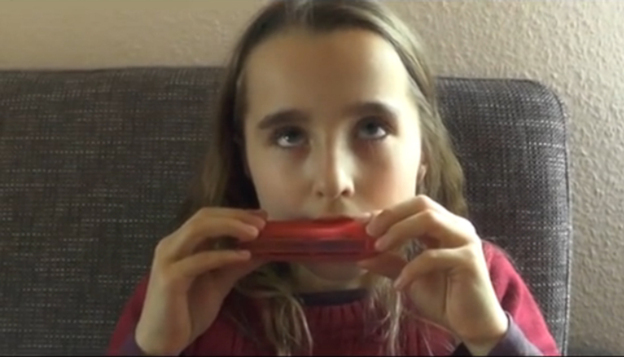VIDEO: Learning to play the harmonica
Find the right harmonica
You have decided to learn to play the harmonica. Music teachers recommend starting with a "blues harp". This simple little harmonica has ten holes and is tuned according to the so-called Richter system. High quality is z. B. the "Blues Harp" from Hohner. It is best to find out more from a local music dealer.
Beginners should also pay attention to the key in which the harmonica is tuned. Most textbooks assume an instrument in C major. The harmonica is an instrument that you can easily learn by yourself. The recommended textbook "Rock Blues Country Harp" by Martin Rost includes a CD with sound samples.
How to Learn to Play a Harp
The first exercises in harp playing involve learning a single note. You don't hit this so easily at the beginning, because the holes in the instrument are quite narrow. So it can happen that you play several notes at the same time. The aim of your practice should be to sound a pure note.
-
Play softly. When practicing, play one of the channels, for example channel 2, as softly as possible.

About you playing a clean tone. © Christine Spranger -
volume keep. Then hold the tone a little longer without it vibrating or shaking. There shouldn't be a second note.

With the right technology you will be successful. © Christine Spranger -
Correct the base of the mouth. If this happens, correct the approach of your blowing as you play until only one note is heard.

Blowing into the air ducts creates the sound. © Christine Spranger -
Find approach technique. Find out for yourself the right approach to playing the harmonica: with the rolled tongue, pointed mouth technique or covering with the tongue.

Practice the correct mouth approach. © Christine Spranger - Practice acoustic effects. Practice acoustic effects for your personal expression through bending, double tones, oral cavity changes, larynx vibrato, hand vibrato, hand tremolo, slides and percussive playing.
Lovely notes from the harmonica are not only nice to listen to, playing on ...
More tips for playing the instrument
As a beginner, you start with a single C major harmonica. This plays all notes of the C major scale. The missing notes for other pitches can be achieved by bending. For pieces in other pitches, use harmonicas with the respective key.
Professional players have entire sets of harps. You can master most pieces with harps in the five most important registers in C, D, F, G, and A major.
When playing with other musicians, the harmonica usually plays the second voice. It is important to know the key that matches the first voice. For example, you play F major with C major and C major with G major as the second voice. Study this theory of harmony.
Listen to numerous recordings made by harmonica players for new sound ideas. You can find many examples in the blues and folk realms.
The best tips for playing harmonica:
- Start with the C major harmonica.
- Practice regularly.
- Learn the basics of harmony.
- Learn the keys of the second voice to match the first.
- Imitate good harmonica games.
With a little passion for the instrument and the will to practice, you will learn to play the harmonica in no time at all.



